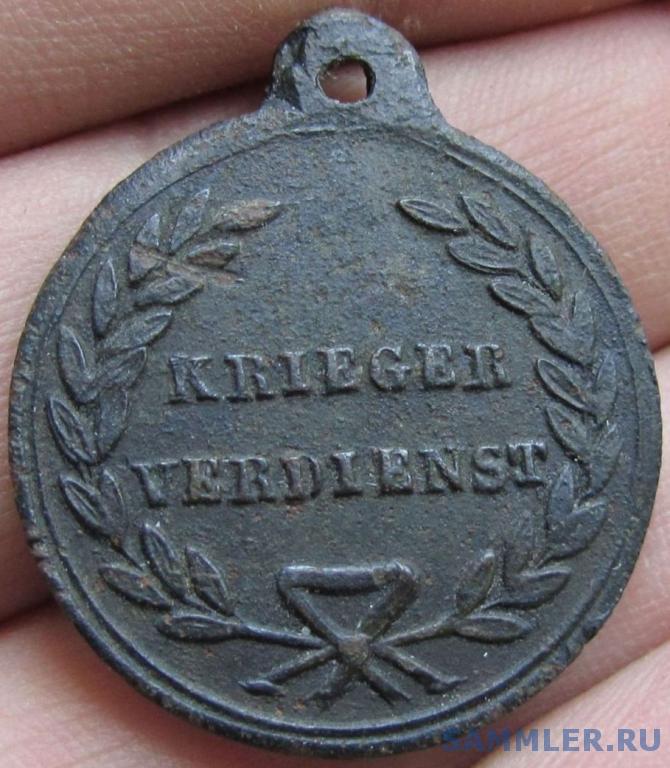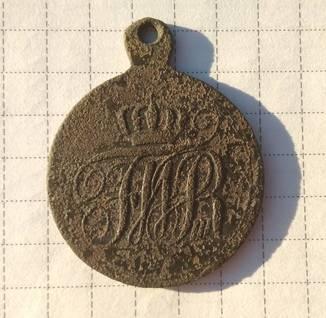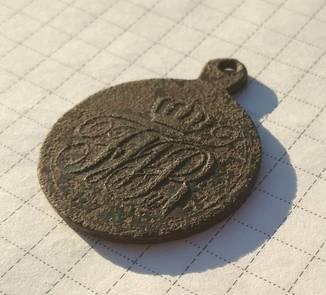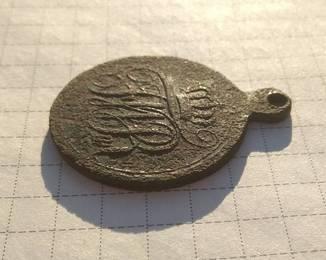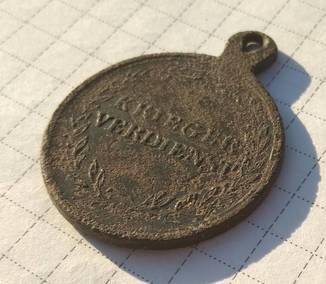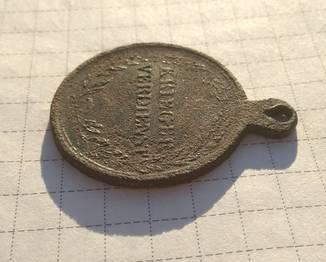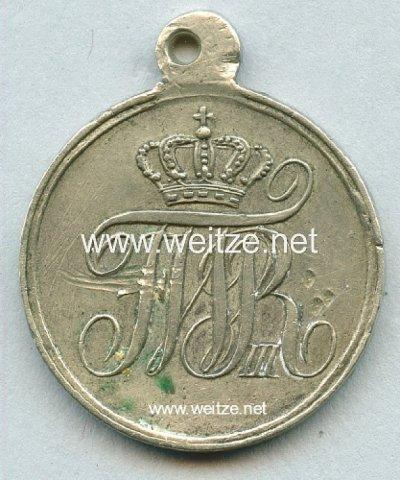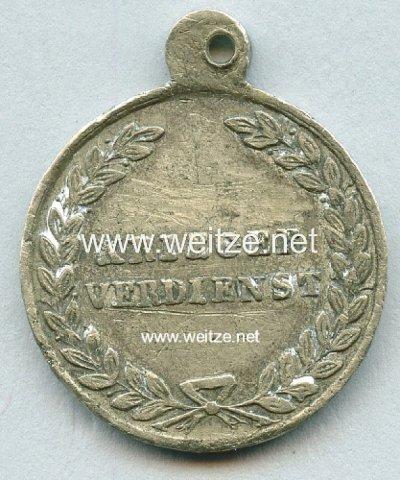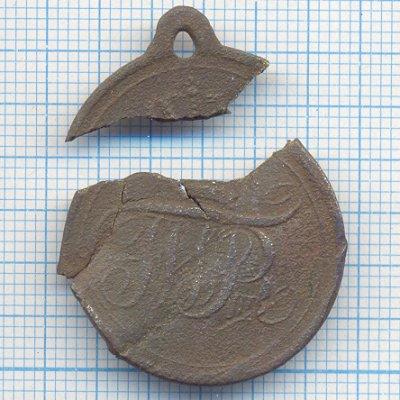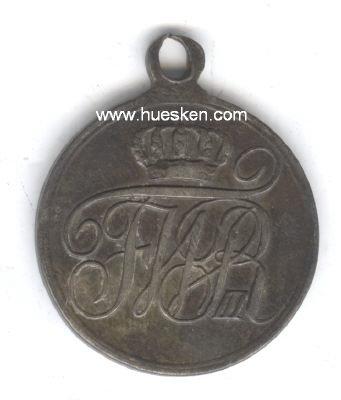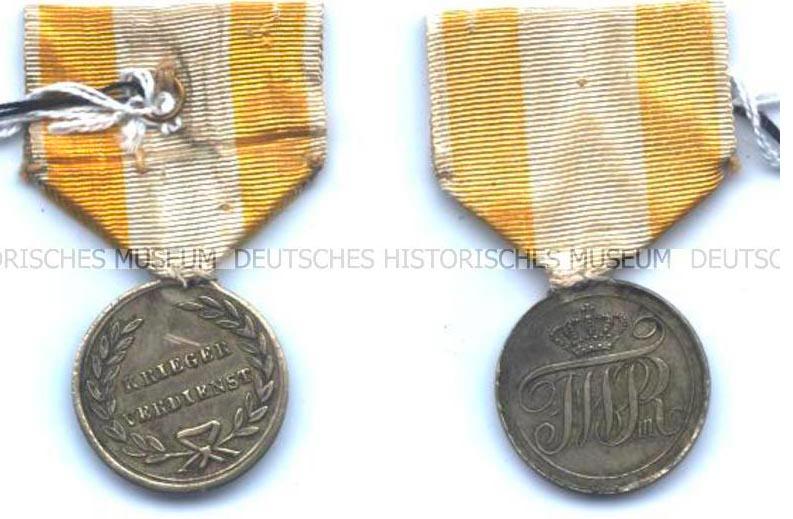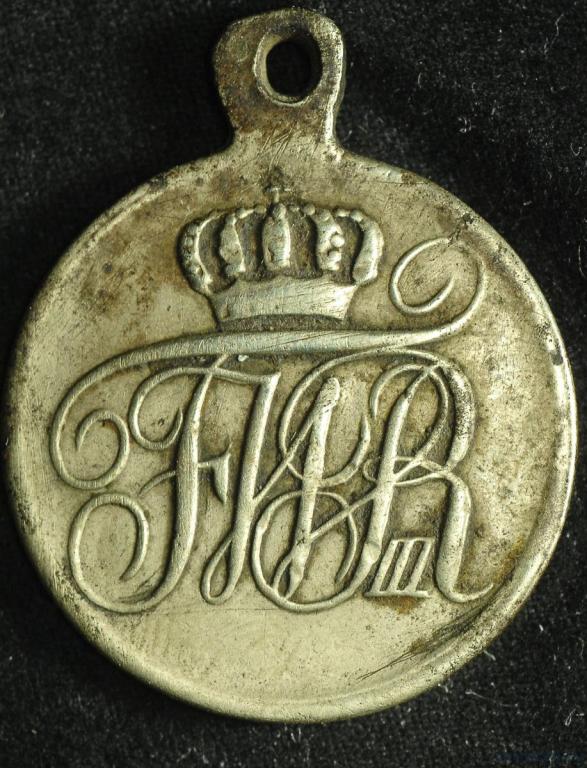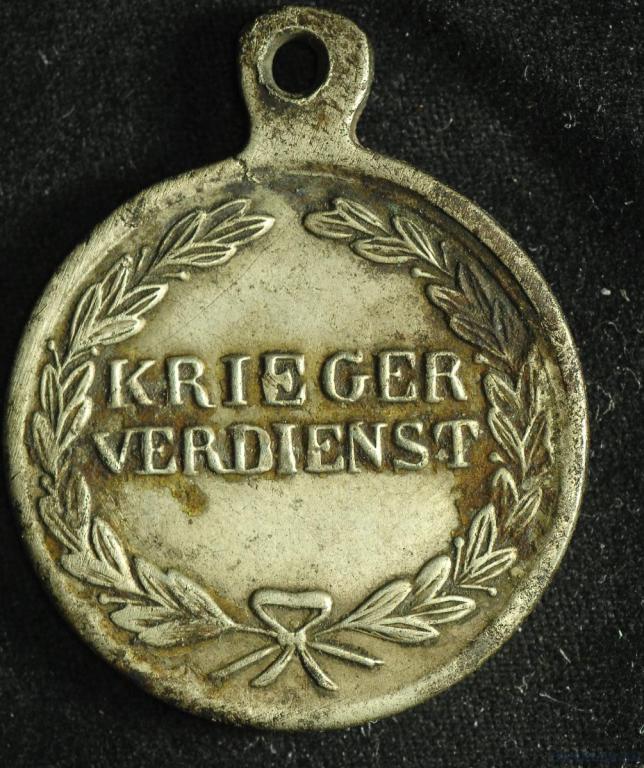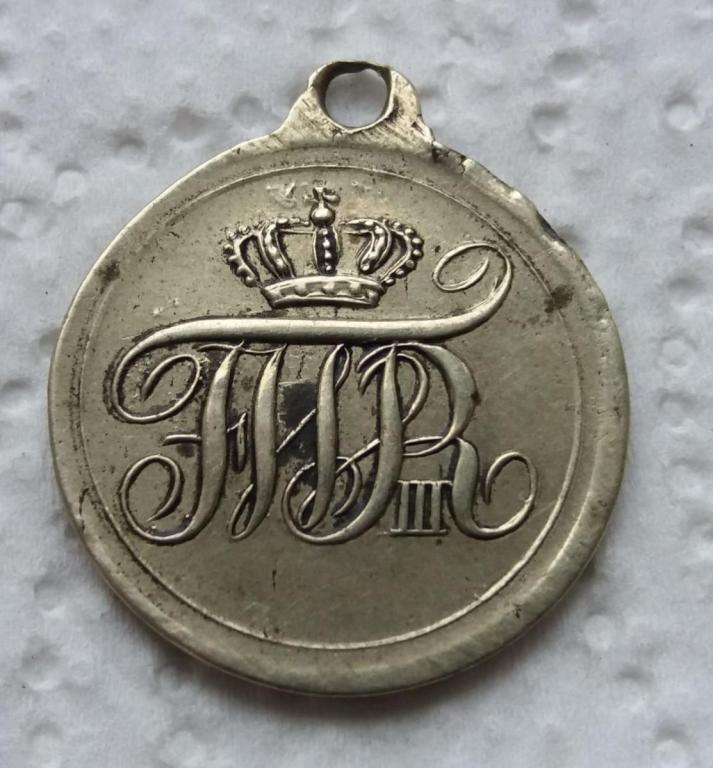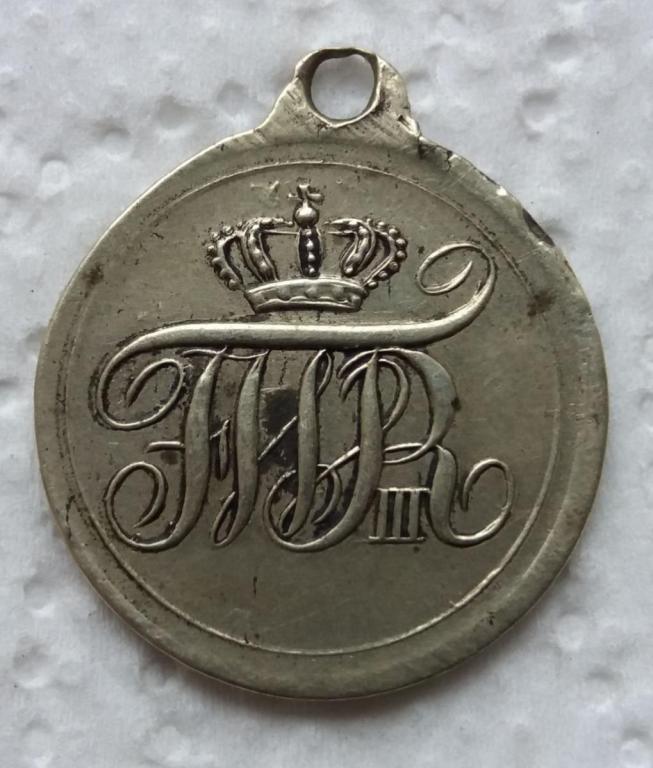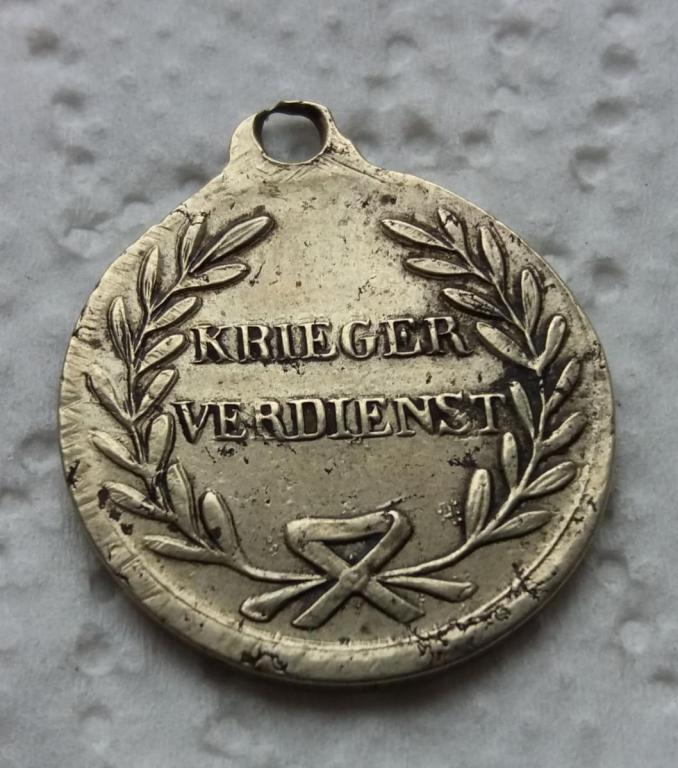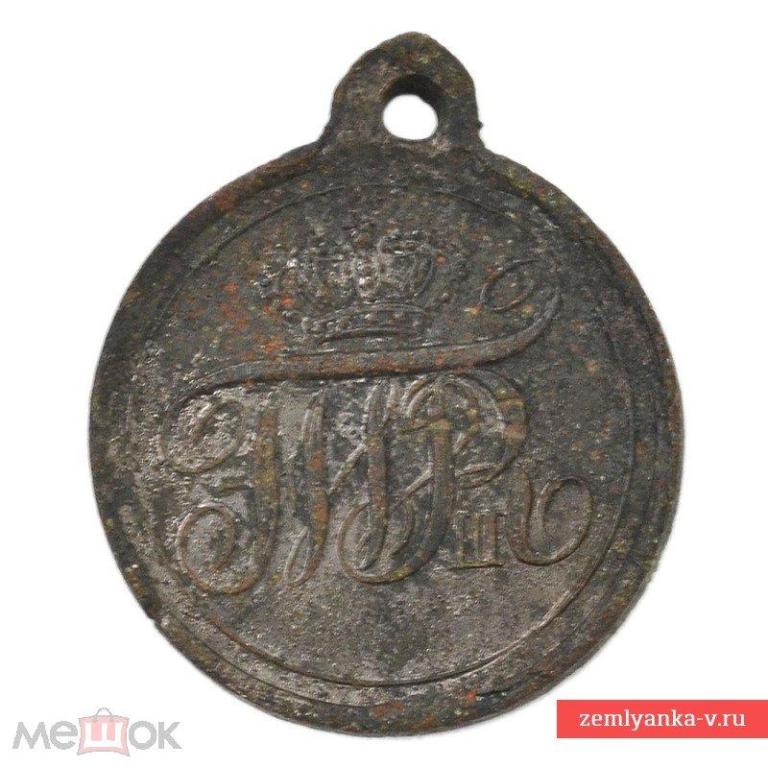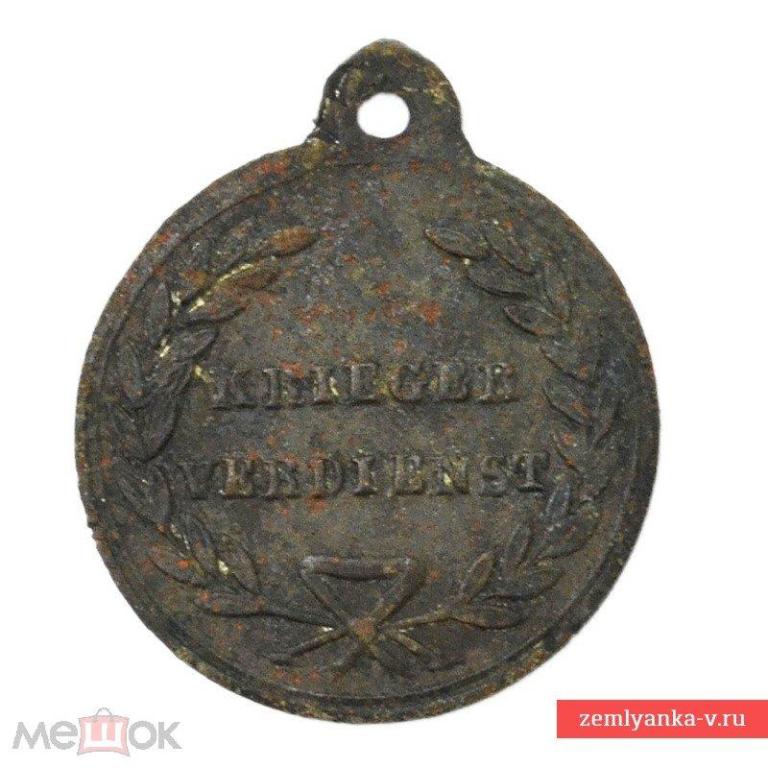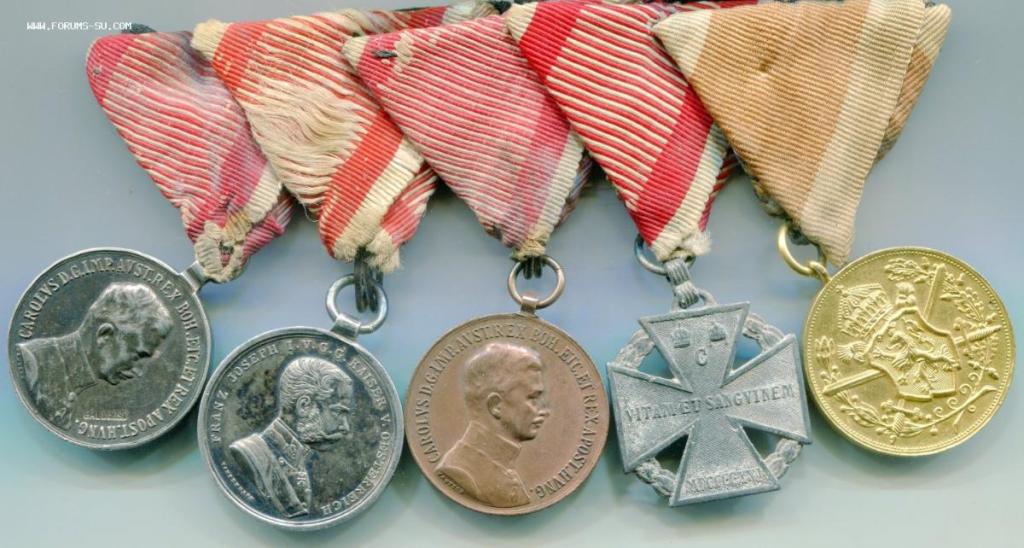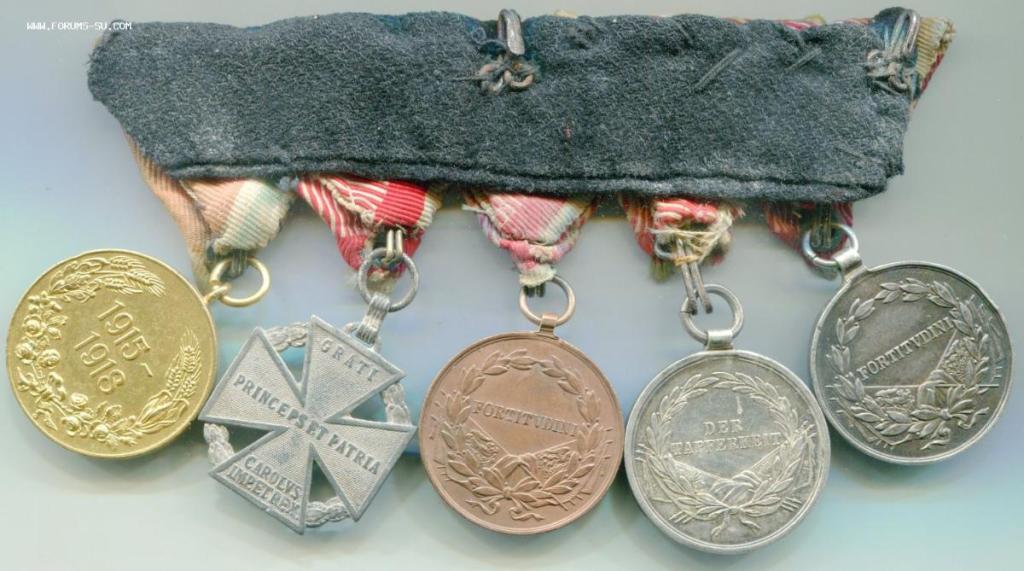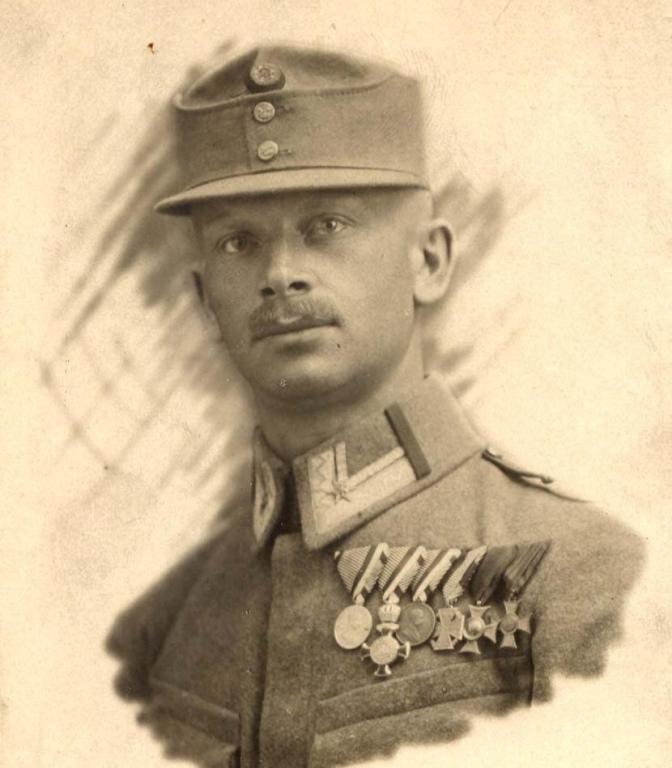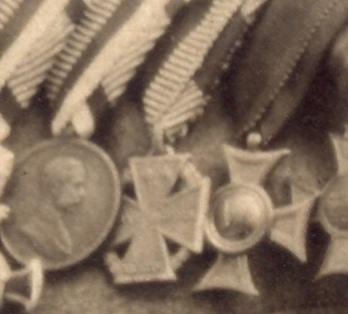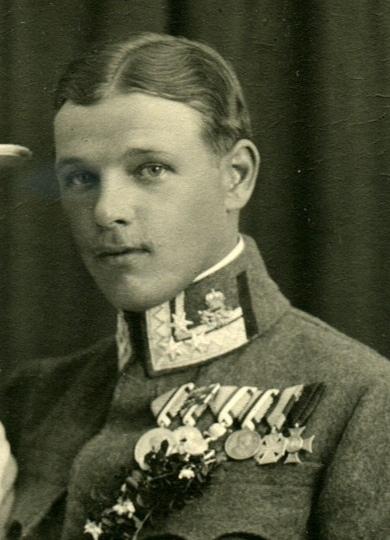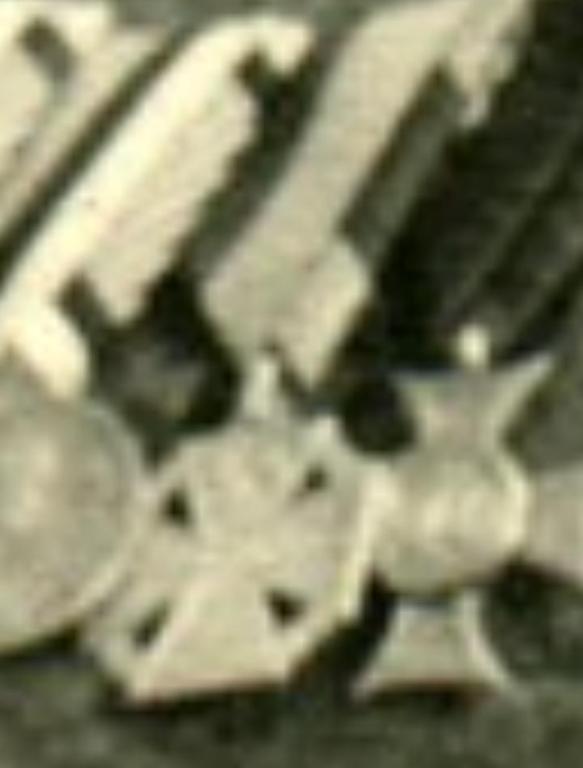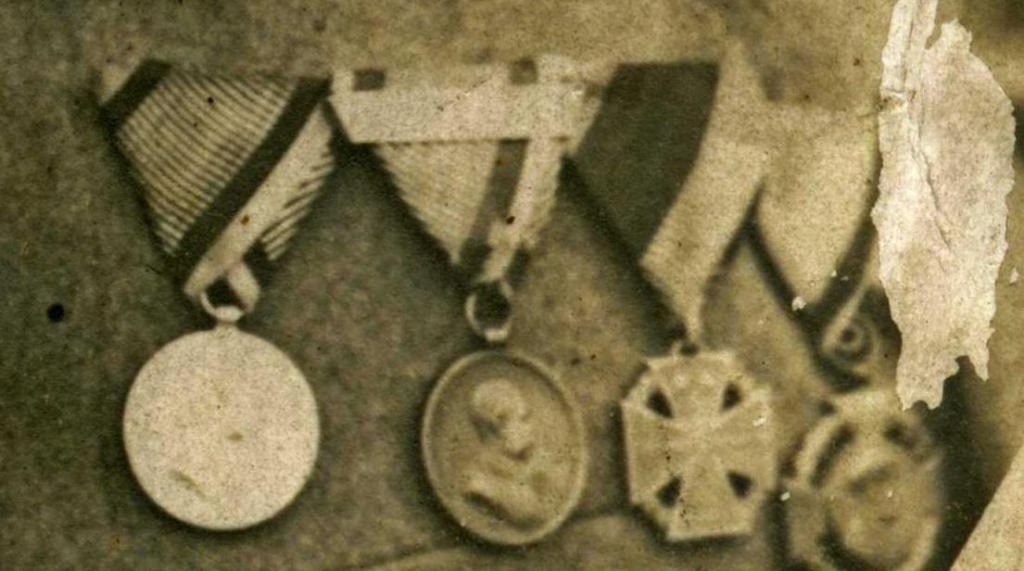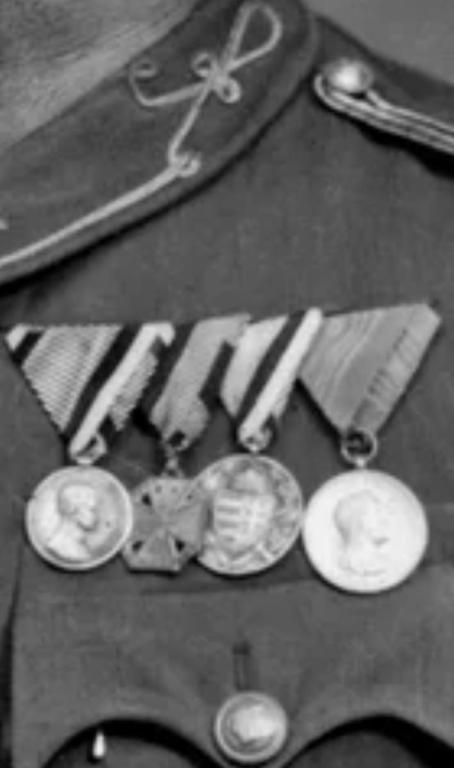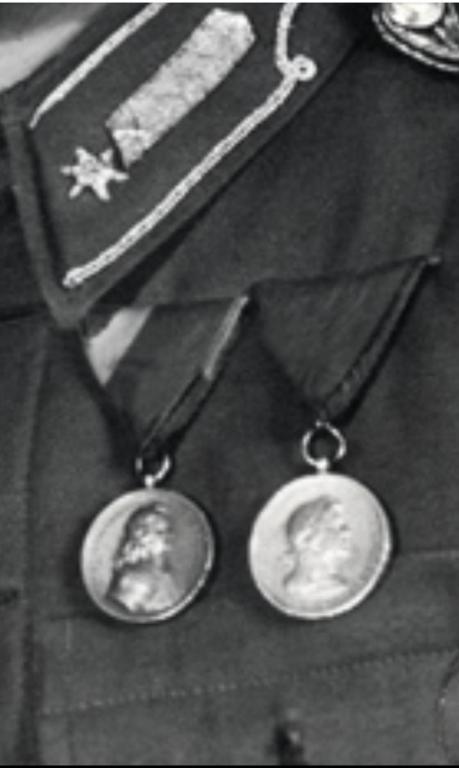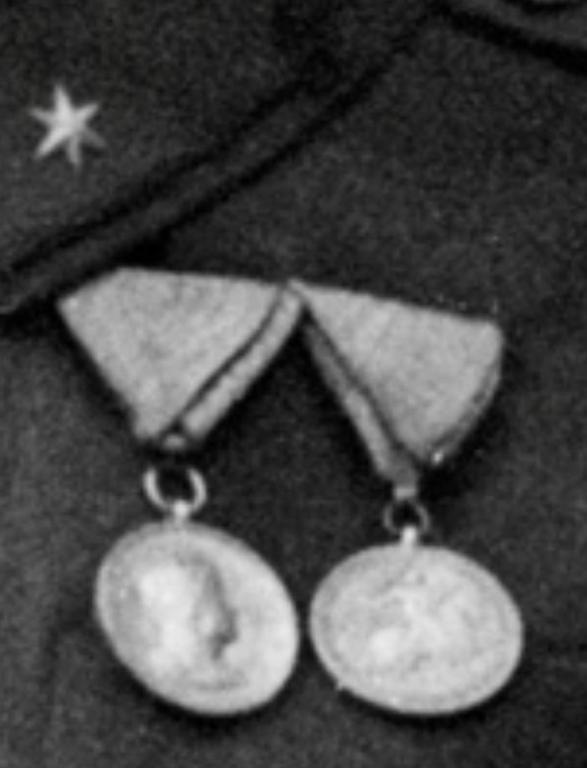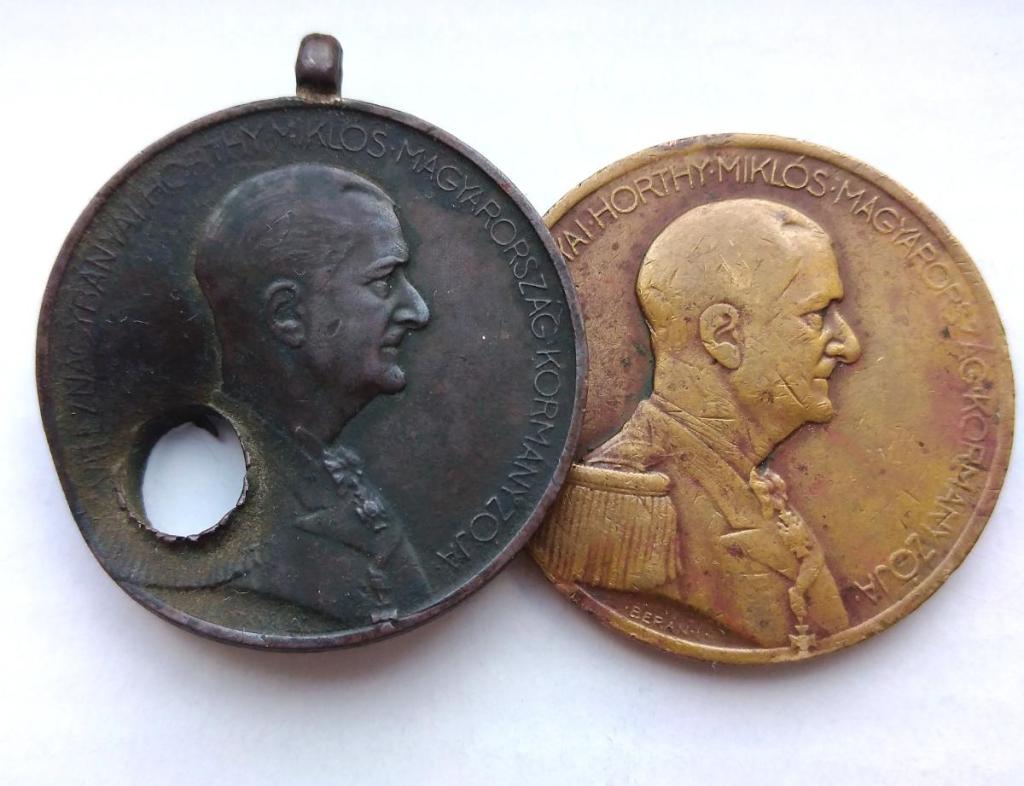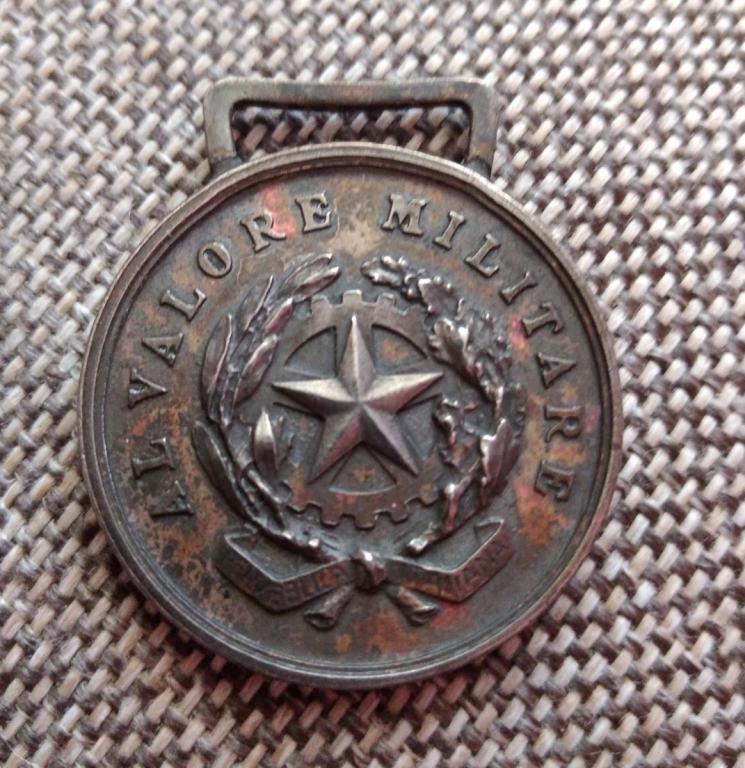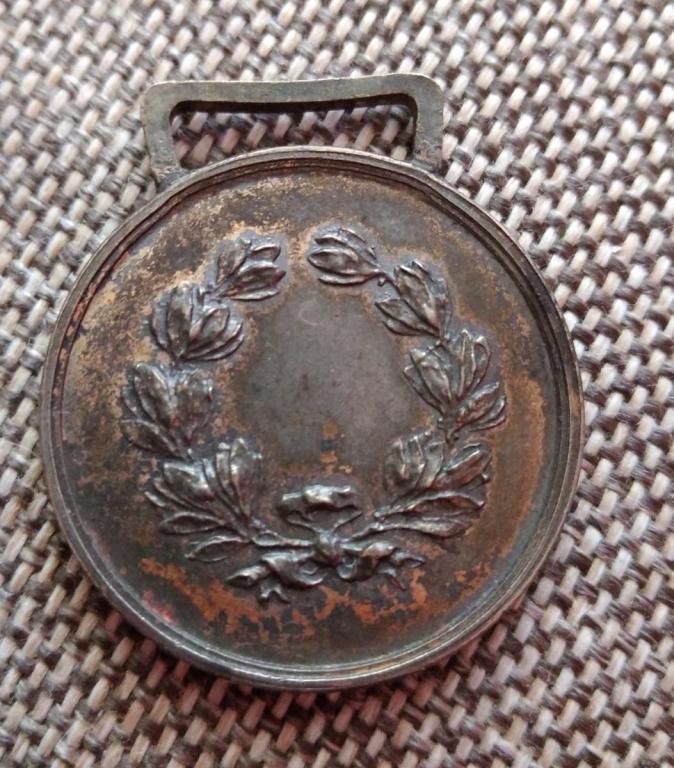
chechaco1
Active Contributor-
Posts
202 -
Joined
-
Last visited
-
Days Won
2
Content Type
Profiles
Forums
Blogs
Gallery
Events
Store
Everything posted by chechaco1
-
Judging by the fact that he has no Austrian or Hungarian commemorative medals of 1914-1918 in the presence of the Hindenburg Cross of Honor of 1934, but there is a medal of the land of Tyrol, the man distanced himself from Austria and Hungary. However, the Tyrolean medal, which became the state medal after the Anschluss, is worn by them. I will assume that this is Stirlitz, not a reserve officer, either a non-commissioned officer after 1908, or an officer from non-commissioned officers for military distinctions. The first two bars can be interpreted as medals for bravery, Iron Crosses of Merit - then a non-commissioned officer, or as Signum Laudis and medals for bravery - then an officer from non-commissioned officers for military distinctions. It's a little strange that he has a service ribbon after the Tyrolean commemorative medal. But definitely not a reserve officer and not a pre-war career officer.
-
Judging by the fact that he has no Austrian or Hungarian commemorative medals of 1914-1918 in the presence of the Hindenburg Cross of Honor of 1934, but there is a medal of the land of Tyrol, the man distanced himself from Austria and Hungary. However, the Tyrolean medal, which became the state medal after the Anschluss, is worn by them. I will assume that this is Stirlitz, not a reserve officer, either a non-commissioned officer after 1908, or an officer from non-commissioned officers for military distinctions. The first two bars can be interpreted as medals for bravery, Iron Crosses of Merit - then a non-commissioned officer, or as Signum Laudis and medals for bravery - then an officer from non-commissioned officers for military distinctions. It's a little strange that he has a service ribbon after the Tyrolean commemorative medal. But definitely not a reserve officer and not a pre-war career officer.
-
-
-
-
EK2 1870 need some help
chechaco1 replied to wangyaokang2003's topic in Germany: All Eras: The Iron Cross
Wagner -
-
we have the correctness and accuracy of the placement of awards before the solemn formation / passage was checked by the commander of the unit as a result, they came to the conclusion that it is more reasonable to order a common block in the military trade than to suffer with the alignment of awards one by one.
-
A fact is a photo or a video. They objectively recorded from that time that they wore both this way and that, regardless of nationality. Why did they do this - I have not met the memories of the cavaliers of the award. Everything else: the rules of wearing - which may be violated, subjective memories and explanations of contemporaries who were not awarded, and the positions of researchers, which, among other things, may be incomplete, tendentious or erroneous.
-
-
-
over the past century, they could outweigh them many times. Only the photo of the cavalier can serve as confirmation, and then indirectly, because the Hungarians did not differ in the accuracy of wearing awards, as can be seen from the medals of the "Hungarian revenge". It draws attention to the fact that, unlike the Austro-Hungarian practice of placing the connecting ring of the medal inside the triangular pad, under the fabric, which looked rather, I'm afraid of this word, more aesthetically pleasing, Hungarians wore medals with a connecting ring outwards, trying, probably, to indicate that they are not aesthetes. After all, as the cook Yuraida said: "All aesthetes are homosexuals." they could even hang a triangular block backwards (the third photo, the second medal).
-
Hungary Hungary - WW2 medals
chechaco1 replied to Mossy's topic in Central & Eastern European States
-
Italy Al Valore Militare after 1945
chechaco1 replied to dedehansen's topic in Southern European & Balkan States



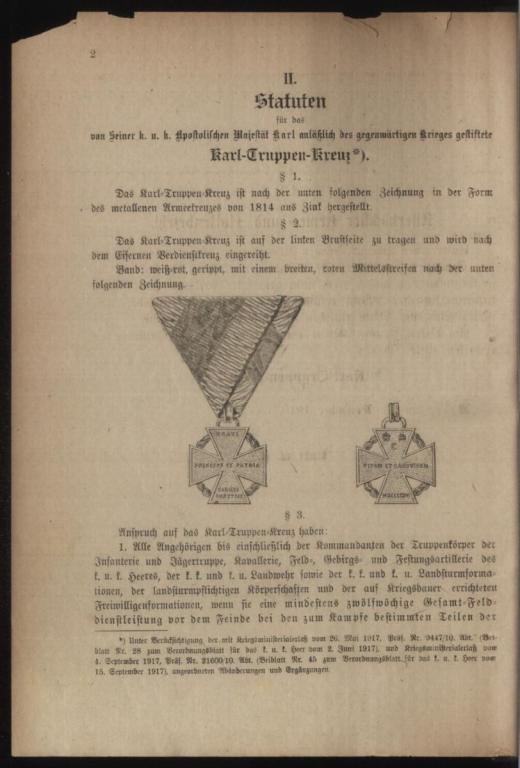
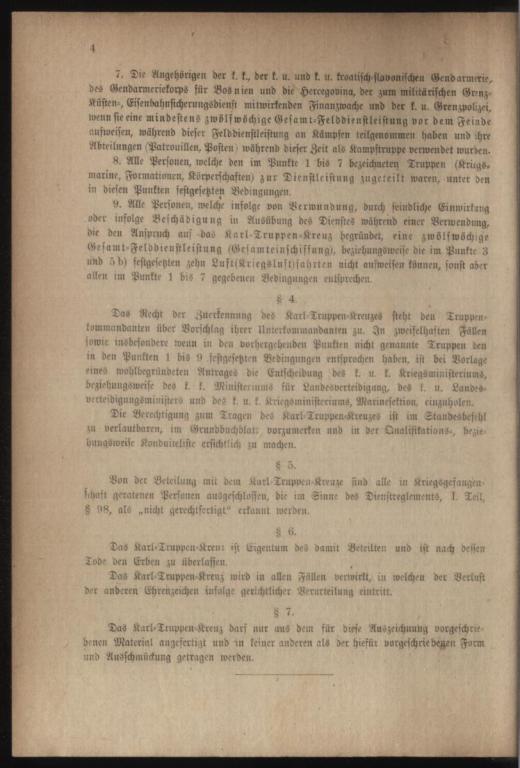
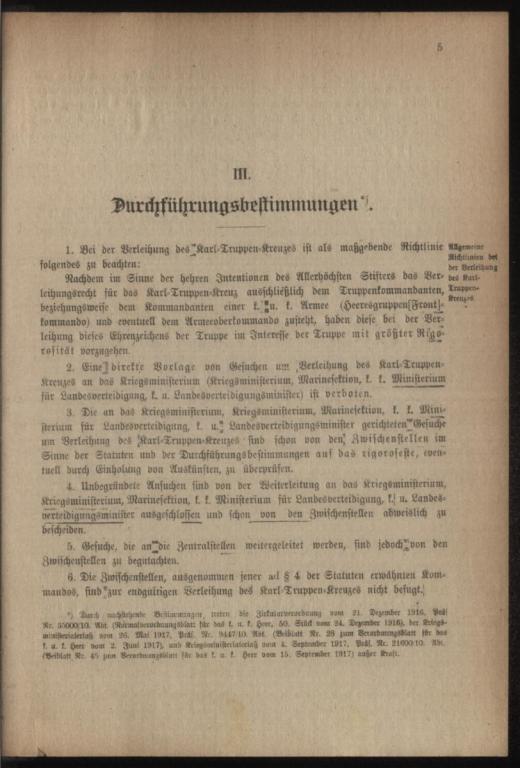


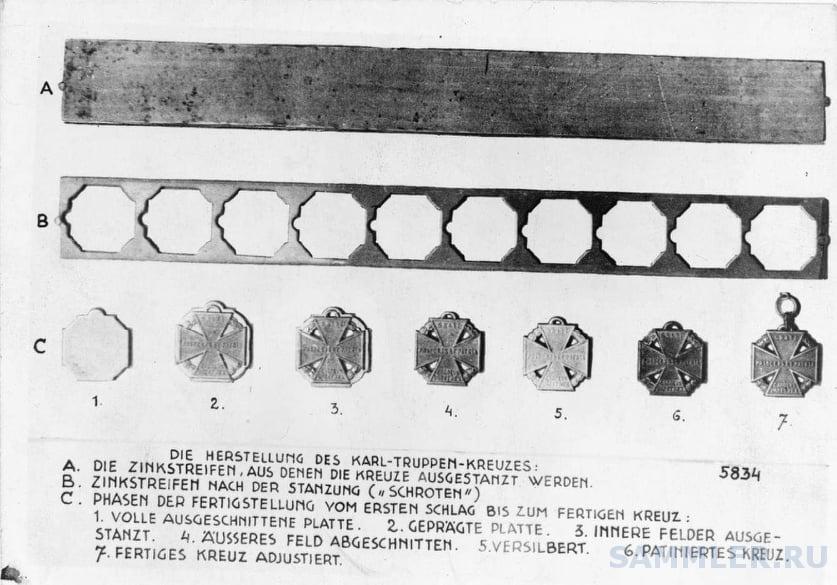
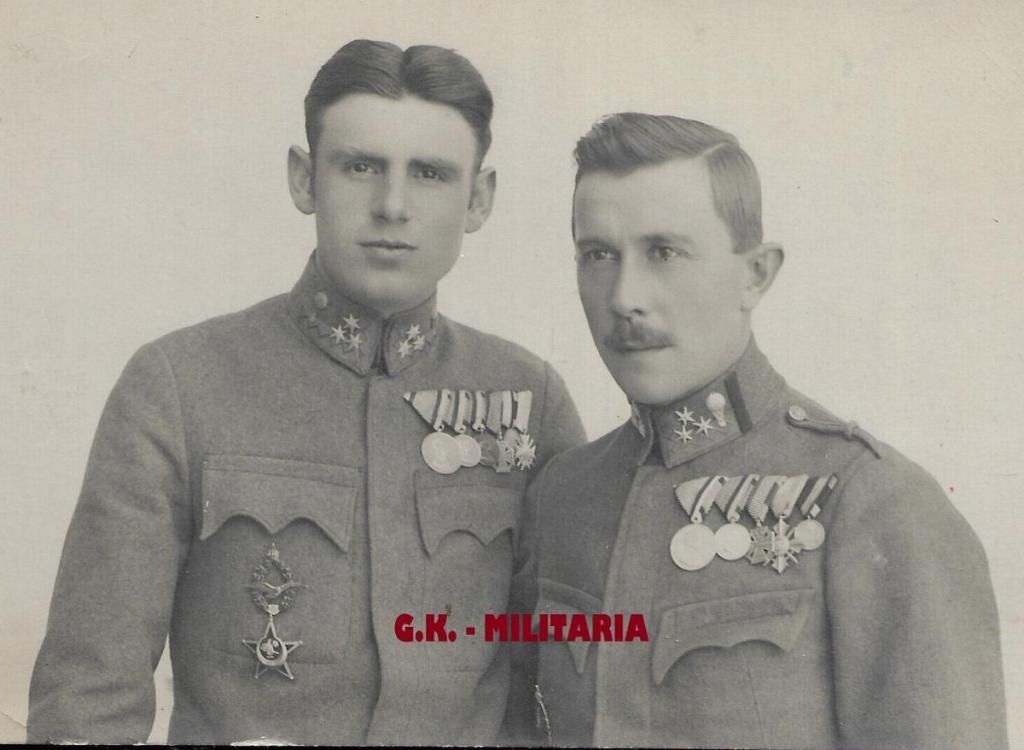
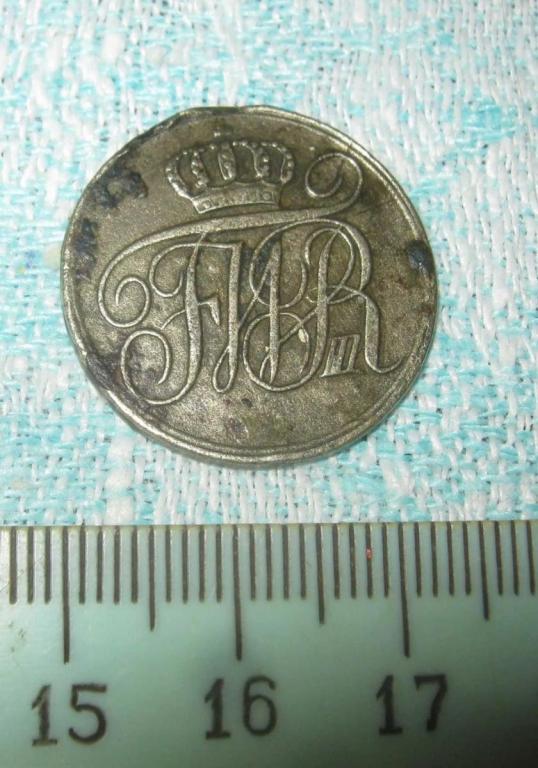
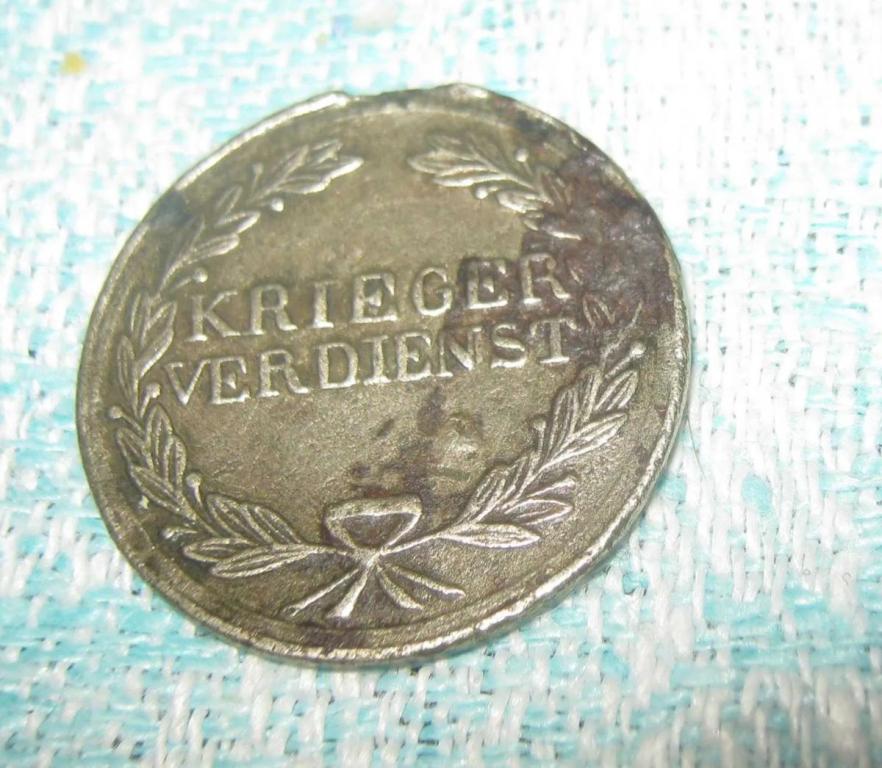
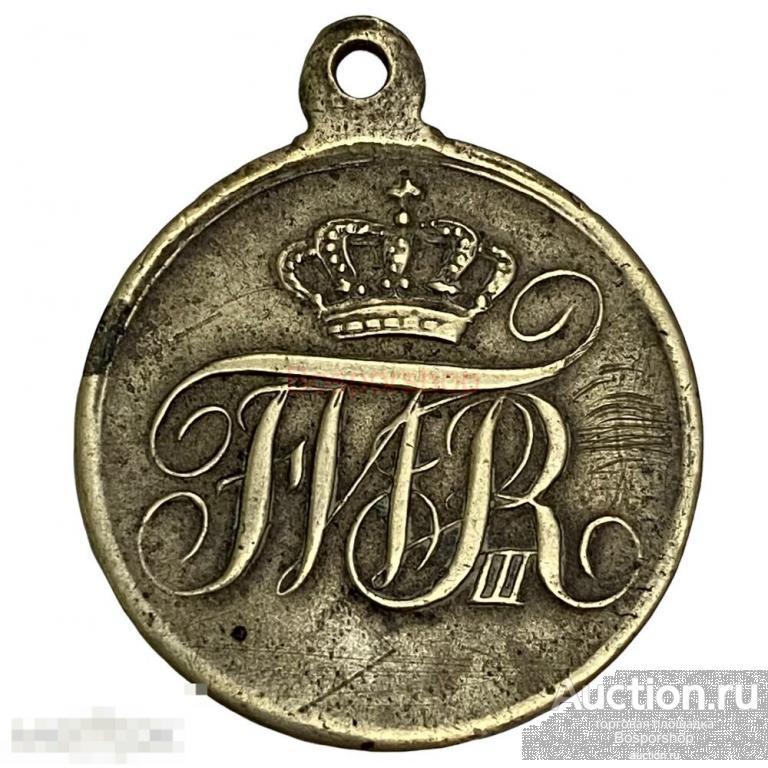
.jpg.f1fd5f313327e8a6a1bd9f47d1458c79.jpg)

